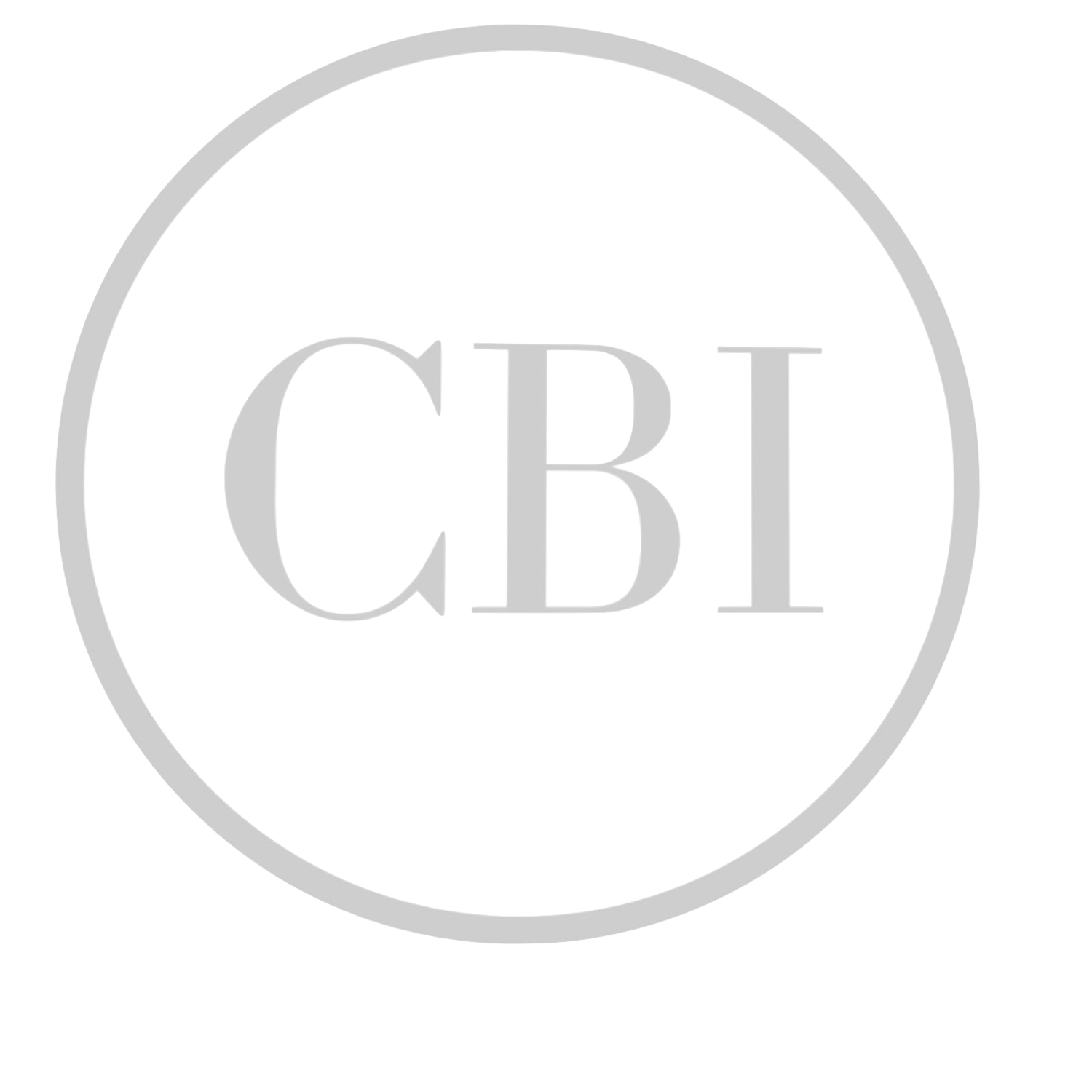Cap Rates vs. ROI: Which Metric Should You Trust for Your Investments?
Cap Rate and ROI are two different measurements for your investment returns in commercial real estate.
In commercial real estate, the debate between relying on cap rates or return on investment (ROI) has never been more relevant, especially as the single-tenant net lease (STNL) sector enters a period of stabilization after years of volatility. Understanding the differences between these metrics—and how current market trends influence their interpretation—can help investors make more informed decisions.
Understanding Cap Rate and ROI: Two Sides of the Same Coin
Cap Rate quantifies the annual yield of a property based solely on its net operating income (NOI) and current market value, assuming the property is purchased with cash. It ignores financing, appreciation, and tax advantages, offering a snapshot of a property’s operating performance right now.
ROI provides a broader view, measuring the total return on investment over time. It factors in the impact of leverage (debt), financing costs, property appreciation, tax benefits, and any changes in property value—giving owners a holistic picture of their long-term gains.
Cap Rates in 2025: A Turning Point for Commercial Real Estate
After three years of steady cap rate increases driven by rising interest rates and economic uncertainty, the STNL sector has largely stabilized in 2025. Recent analytics of trends saw, the second quarter saw only a marginal rise by a single basis point to 6.79%—a marked shift from the rapid run-ups seen 2022-2024. This stability is attributed to the Federal Reserve’s decision to keep rates unchanged, creating a sense of equilibrium as buyers and sellers adjust to the new landscape.
Retail: Cap rates edged up to 6.57%
Office: Increased more significantly to 7.85%
Industrial: Held steady at 7.23%
Premium tenants—brands like 7-Eleven, Chase Bank, and Wawa—are still trading at sub-6% cap rates thanks to long-term leases and strong credit worthiness. For example:
7-Eleven (Summerville, SC): Sold for $8.7M at a 5.27% cap, 15 years remaining
Chase Bank (Fredericksburg, VA): 4.75% cap, 14 years remaining
Walgreens (Homestead, FL): 7.13% cap, reflecting investor caution due to corporate headwinds
Within the QSR sector, Chick-fil-A (4.45%), McDonald’s (4.38%), Starbucks (6.40%), and Panera Bread (5.75%) show a range of average cap rates that closely tie to brand strength and lease duration.
Why Cap Rate Remains Essential—But Not Sufficient
Cap rate is an indispensable tool for quickly comparing similar assets in the same market—especially for stabilized properties with predictable income streams. In today’s market, where:
Cap rate spreads between asking and closing have narrowed (30 basis points for retail, 27 for industrial),
Demand is highest for long-term, high-credit leases,
Lease duration is a primary driver of pricing (longer = lower cap rate, shorter = higher cap rate), using cap rate remains a critical first filter for investors.
Example:
Auto parts stores with 16–20 years left on their leases are selling at cap rates as low as 5.60%; with five years or less, rates jump to 7.90% or more.
When You Need ROI
While cap rate is ideal for benchmarking and quick screening, ROI becomes essential for assessing the true profitability of an investment—especially over longer timeframes, or when significant financing is involved. ROI accounts for the actual dollar returns (including debt service, principal paydown, appreciation, and tax impacts), offering a complete perspective on wealth creation.
ROI is particularly relevant for:
Properties with heavy leverage,
Assets expected to benefit from capital improvements/appreciation,
Long-term hold strategies where tax benefits and debt paydown matter
Which Should You Trust? Use Both—With the Current Market in Mind
Both metrics offer unique insights and are most powerful when used together:
Use cap rates to assess relative value and risk—fast, market-sensitive, and great for comparing stabilized properties.
Use ROI for personalized, long-term performance projections—factoring in capital structure, appreciation, tax strategy, and your unique investment timeline.
With 2025’s stabilized cap rates and narrowing spreads, cap rate serves as a sharper screening tool than in the frothy, unpredictable markets of recent memory. Yet as transaction volumes gradually rebound and market liquidity improves, wise investors will not ignore ROI, which ultimately determines how much wealth is created after accounting for all variables.
Have more questions about commercial real estate investments? Reach out to Commercial Brokers International via info@cbicommercial.com or 310-943-8530 today

